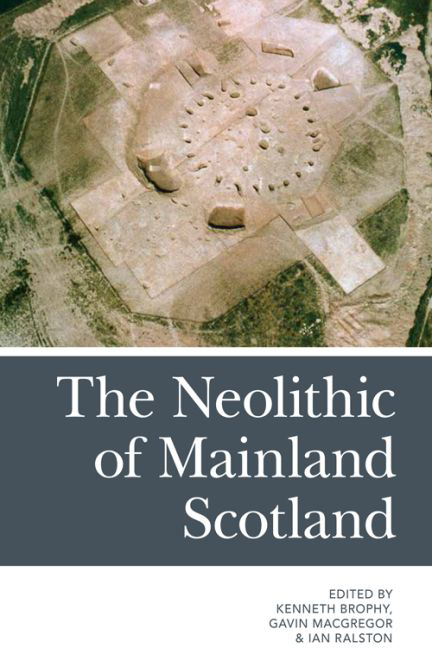Book contents
- Frontmatter
- Contents
- List of Tables and Figures
- Notes on the Contributors
- Acknowledgements
- Foreword: ‘The prehistory of my own lands, the lowlands’
- Part I Scotland's Mainland Neolithic in Context
- Part II Non-megalithic Monuments
- 6 Hiatus or Hidden? The Problem of the Missing Scottish Upland Cursus Monuments
- 7 Making Memories, Making Monuments: Changing Understandings of Henges in Prehistory and the Present
- 8 Seeing the Wood in the Trees: The Timber Monuments of Neolithic Scotland
- Part III Pits, Pots and Practice
- Index
8 - Seeing the Wood in the Trees: The Timber Monuments of Neolithic Scotland
from Part II - Non-megalithic Monuments
Published online by Cambridge University Press: 15 September 2017
- Frontmatter
- Contents
- List of Tables and Figures
- Notes on the Contributors
- Acknowledgements
- Foreword: ‘The prehistory of my own lands, the lowlands’
- Part I Scotland's Mainland Neolithic in Context
- Part II Non-megalithic Monuments
- 6 Hiatus or Hidden? The Problem of the Missing Scottish Upland Cursus Monuments
- 7 Making Memories, Making Monuments: Changing Understandings of Henges in Prehistory and the Present
- 8 Seeing the Wood in the Trees: The Timber Monuments of Neolithic Scotland
- Part III Pits, Pots and Practice
- Index
Summary
Introduction
Monuments of stone, earth and wood form an integral part of the way in which the Neolithic period in Scotland is understood. Yet while much has been written in Neolithic studies about earthen and megalithic monuments, those constructed of timber have tended to be afforded a much lesser role, if they are considered at all (e.g., Thomas 1999; Malone 2001). This was rebalanced considerably by Gordon Barclay's research into, and excavations of, a series of timber structures in eastern lowland Scotland (North Mains, Balfarg Riding School, Claish, Carsie Mains and Littleour) from the 1980s to the 2000s, while the excavations of others (e.g., Kendrick 1995; Rideout 1997; Thomas 2007; Noble and Brophy 2011) further raised the profile of timber monuments within the Neolithic monumental repertoire. Studies of Neolithic monumentality none the less continue to remain weighted towards stone and earthen sites.
I would argue that not fully considering timber monumentality leaves us with only a partial account of Neolithic life, particularly considering the wooded nature of the landscape at that time (Tipping 1994; Edmonds 1999; Noble 2006a). This chapter is an attempt to remedy this imbalance and shall focus upon the results of my own research (cf. Millican 2009), which aimed to identify and characterise Neolithic timber monuments across Scotland. The vast majority were initially recorded as cropmarks on aerial photographs and are located in mainland lowland contexts. In considering this range of monuments and evidence that is often overlooked, it is hoped that the picture that emerges will add to traditional considerations of monument building, enriching narratives not just for Scotland, but the Neolithic of Britain as a whole.
Defining timber monuments
Neolithic timber monuments can be characterised as structures built of substantial wooden posts, usually of oak, almost all of which defined enclosures that were unroofed or unroofable (the exceptions being timber halls, discussed below), with non-domestic functions as far we can define these (in other words, I have not included the small group of light timber buildings that may have been houses (see Chapter 10, this volume)). As such, they encompass a wide variety of structures, of very different forms, dimensions and date.
- Type
- Chapter
- Information
- The Neolithic of Mainland Scotland , pp. 139 - 168Publisher: Edinburgh University PressPrint publication year: 2016



